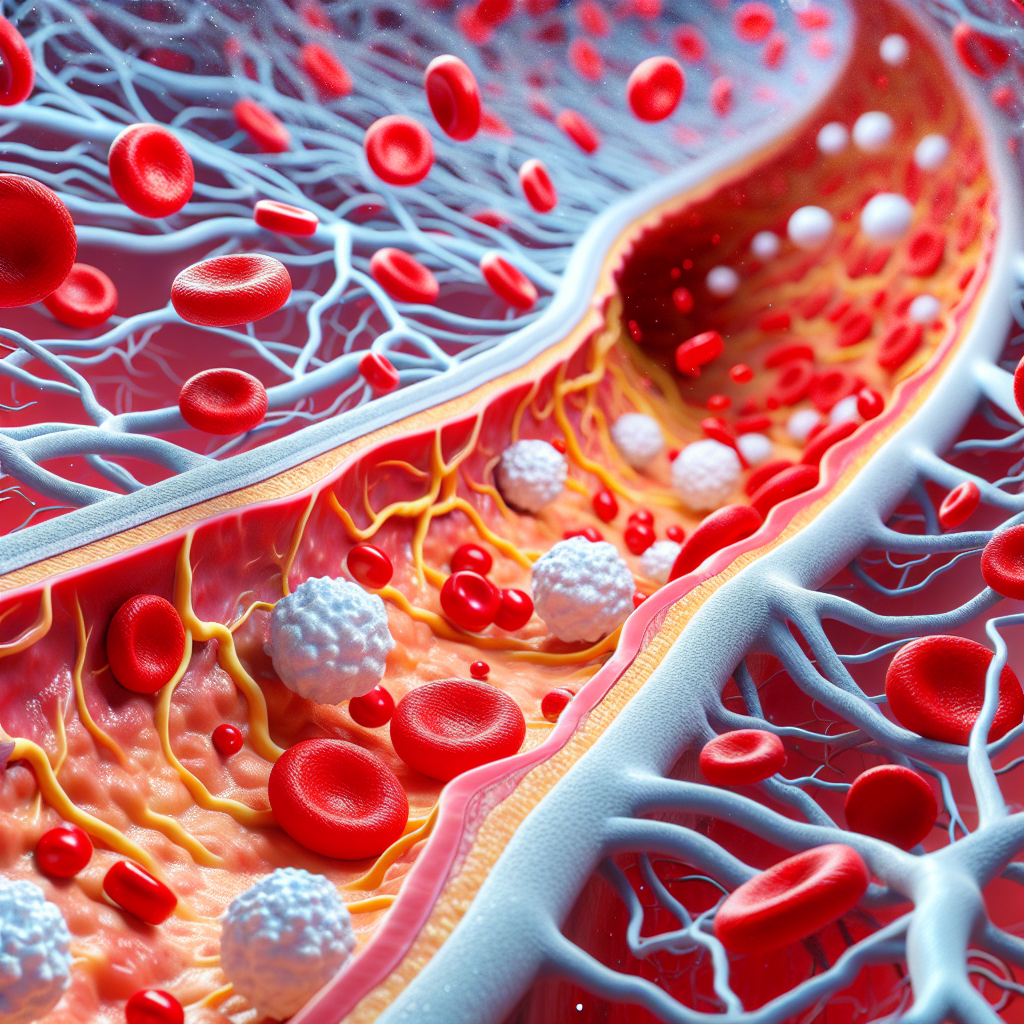The Battle Within: Understanding Atheroma
Imagine your arteries as bustling highways, and atheroma as the traffic jam that slows everything down. Atheroma, a condition that affects millions worldwide, is the buildup of fatty deposits, cholesterol, and other substances in the walls of arteries. This condition can occur at any age but is more common as people grow older. It can happen anywhere in the body, but it is most dangerous when it affects the arteries leading to the heart or brain. The reason why atheroma is so concerning is that it can lead to serious health issues like heart attacks and strokes, which are leading causes of death globally.
Atheroma develops over time, often starting in childhood and progressing as people age. The process begins when the inner lining of the artery becomes damaged, often due to high blood pressure, smoking, or high cholesterol levels. Once the artery is damaged, cholesterol and other substances start to accumulate, forming a plaque. This plaque can harden over time, narrowing the artery and reducing blood flow. In some cases, the plaque can rupture, leading to the formation of a blood clot that can completely block the artery.
The impact of atheroma is significant, not just on individuals but on healthcare systems worldwide. Treating the conditions caused by atheroma, such as heart disease and stroke, is costly and places a heavy burden on medical resources. This is why prevention and early detection are crucial. Lifestyle changes, such as eating a healthy diet, exercising regularly, and avoiding smoking, can help reduce the risk of developing atheroma. Medications to lower cholesterol and blood pressure can also be effective in managing the condition.
While the medical community largely agrees on the causes and treatments of atheroma, there are differing opinions on the best approach to prevention. Some argue for a more aggressive approach, advocating for widespread use of medications like statins even in people without symptoms. Others believe that lifestyle changes should be the primary focus, with medications reserved for those at high risk. This debate highlights the complexity of managing atheroma and the need for personalized treatment plans.
Understanding atheroma is important for everyone, not just those at risk. It serves as a reminder of the importance of taking care of our bodies and making healthy choices. For younger generations, particularly Gen Z, who are often more health-conscious and informed, this knowledge can empower them to make decisions that will benefit their long-term health. By staying informed and proactive, we can all contribute to reducing the impact of atheroma and improving public health outcomes.
In the end, atheroma is a condition that underscores the importance of prevention and early intervention. It is a reminder that our health is in our hands and that small changes can make a big difference. By understanding the causes and consequences of atheroma, we can take steps to protect ourselves and those we care about from its potentially devastating effects.

